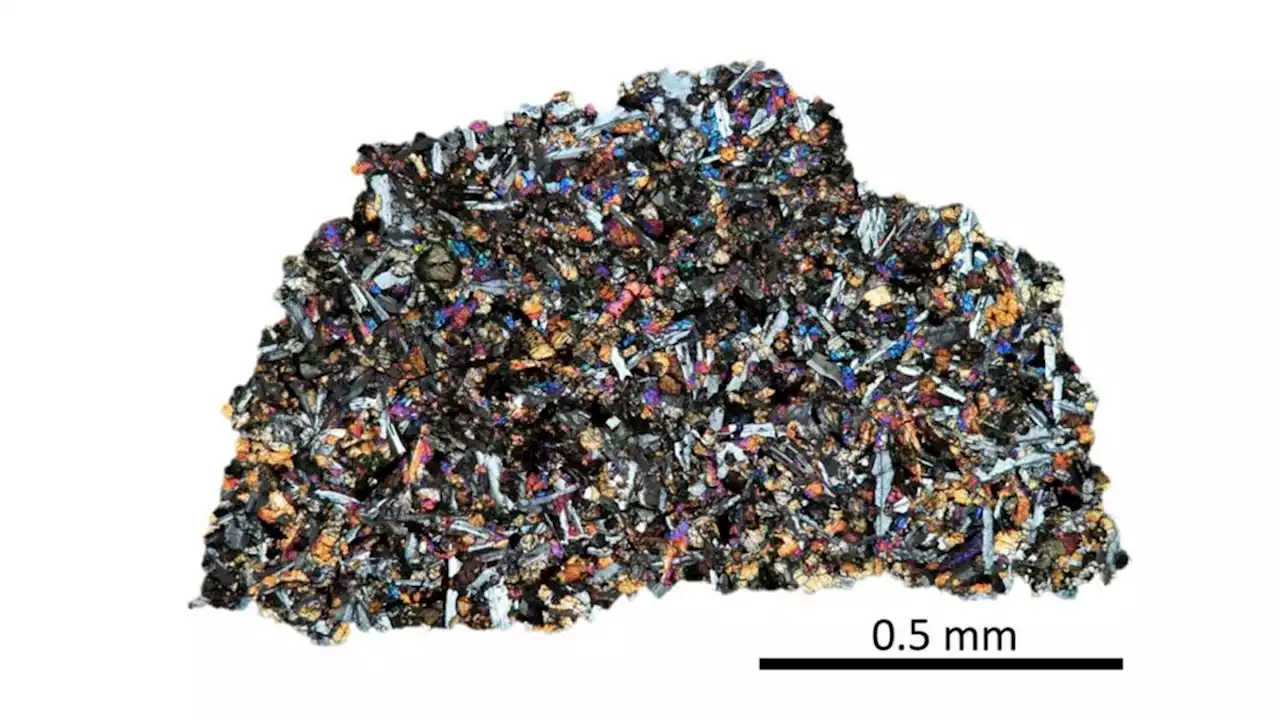With no dense atmosphere like Earth's to burn up space rocks, the moon is constantly bombarded by asteroids. 🌝☄️
, and the work could also lay a roadmap for research into how the solar system's rocky worlds formed.
One version of the giant impact theory proposes that a protoplanet called Theia smashed into Earth around 4.5 billion years ago, about 60 million years after theThe impact must have been truly massive to throw out ejecta from Earth's interior that was able to remain in orbit and coalesce into another body, rather than falling back down to our infant planet.
Other lines of evidence that support this theory include the fact that the moon is lightweight, lacking large amounts of iron in its interior, while 30% or so of Earth's mass is sealed in its iron-rich core. The moon's mantle rocks also have a similar composition to those of Earth, and these rocks are both significantly different fromSamples of lunar meteorites add support to the idea the moon was formed when a massive space rock struck the Earth.
Scientists needed a somewhat smaller impact to conduct the study. With no dense atmosphere like Earth's to burn up space rocks, the moon is constantly bombarded by asteroids. It was probably a high-energy impact from just such anthat dug out rock fragments from the ejected rock fragments from deep within a large lava flow on the moon. These fragments eventually fell to Earth as meteorites; scientists spotted the dark space rocks against the blinding white of Antarctica.
The researchers hope that scientists' understanding of far more than the moon could benefit from the team's work, since the current analysis targeted just a few of NASA's collection of around 70,000 meteorites.
